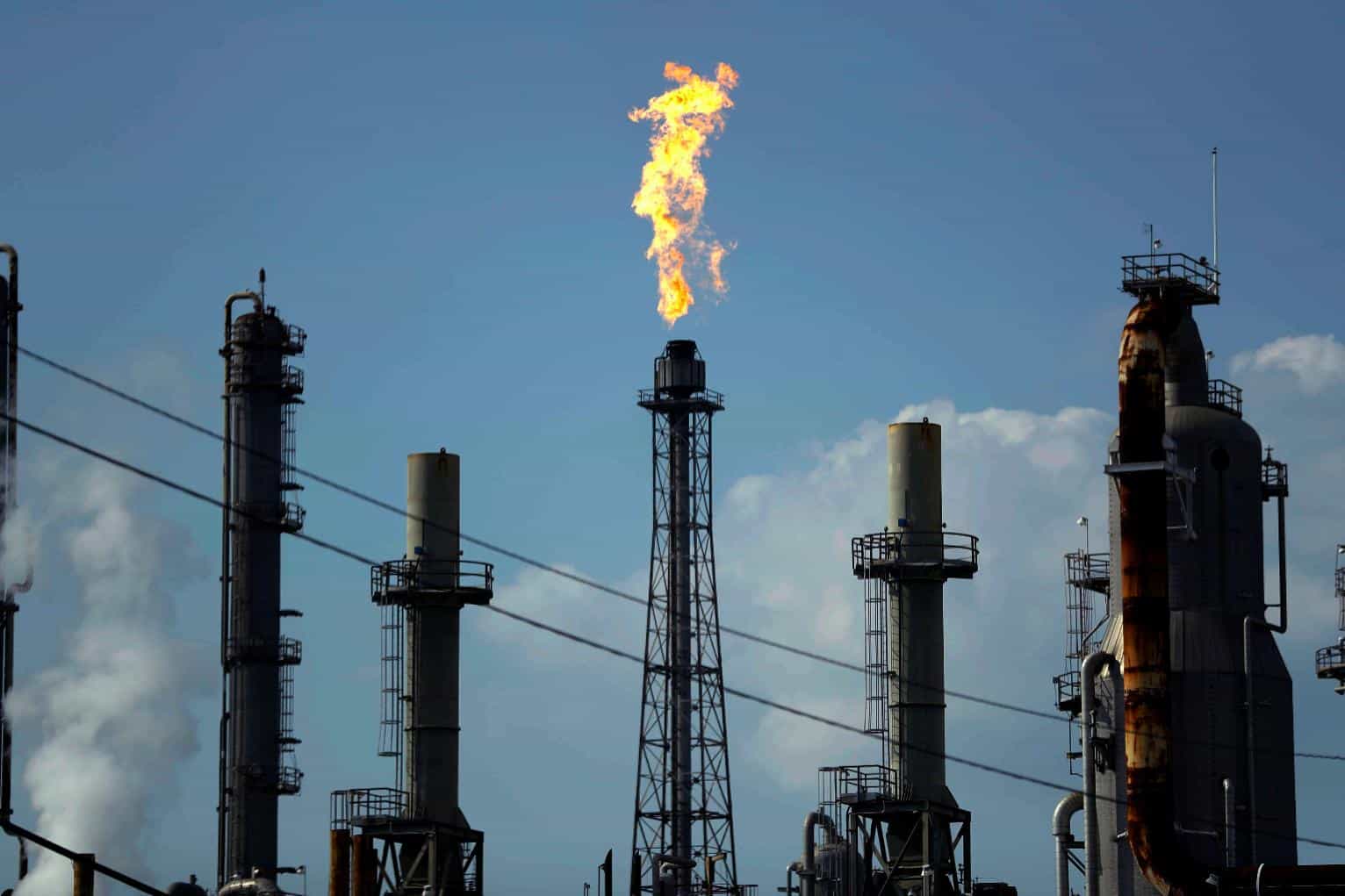OPEC has again revised down world oil demand in 2021, according to the cartel’s latest Monthly Oil Market Report, and combined with OPEC’s consistent production quota laggards and rising U.S. production, the market is none too satisfied.
OPEC cited lower economic growth in Organisation for Economic Co-operation and Development (OECD) member countries and non-OECD countries as the primary basis for lowering total world oil demand by 0.08 million bpd in 2021, to reach 96.84 million bpd.
This compares to OPEC’s estimate of 90.29 million bpd for world oil demand this year.
All in all, OPEC now sees world oil demand recouping 6.5 million bpd next year from this year.
However, the 2021 demand figure is still below 2019’s 99.76 million bpd, according to OPEC data.
At the same time, OPEC cited that its non-OPEC liquids supply forecast for this year is revised up by 0.31 million bpd, compared to its estimate for 2020 provided last month.
Overall, OPEC is now expecting non-OPEC liquids supply to contract by 2.4 million barrels per day this year.
Most of the decline will be in Russia, at a loss of 1.1 million bpd. Russia’s participation in the production cuts as part of its agreement with OPEC is the culprit here. One might say that this production cut is Russia’s just reward for participating in the oil price war waged with Saudi Arabia and the rest of the world right before the pandemic tanked oil demand.
The other significant loss in oil supply for 2020 comes, of course, from the United States, which is expected to come in at 11.45 million bpd, from 12.24 million bpd last year. This is expected to grow by 700,000 bpd for 2021, to 11.52 million bpd.
But the real meat in OPEC’s report is OPEC’s production. While OPEC continues to move its outlook for world oil demand down, it is also continuing to wage an internal battle over compliance with its production cuts.
And it’s losing.
For the month of September, OPEC member countries managed to lower its production from 24.153 million bpd in August to 24.106 million bpd in September—a decrease of just 47,000 bpd.
That’s better than a production increase, but the market was hoping for more.
In fact, the market was promised more, and OPEC has collectively failed to live up to its promise. Yes, some members have faithfully adhered to their quotas. Iraq, however, has not, although it promised OPEC that it would make up for months of overproducing now. It is the least compliant member of the group that is desperately trying to rebalance the market and keep its members head above water.
On the face of it, it looks like Iraq is finally complying with its share of the production cuts. It is not.
In September, Iraq produced 3.694 million bpd. Its official quota is now 3.804 million bpd—an increase from its pre-August quota. But it is supposed to be cutting an additional 400,000 bpd in August and September to make up for overproduction in the earlier months. Iraq agreed to this extra quota, which the media is generously referring to as “voluntary”. There was likely not much volunteerism in Iraq’s signing on to cut another 400,000 bpd as it tries to hold its budget and country together amid vanishing oil revenues. Iraq is also dealing with the Kurdistan region of Iraq, which seems to produce and export without much input from the federal government.
Iraq’s actual production quota for September is, therefore, 3.404 million bpd. Yes, it is overproducing yet again.
The market saw signs that this could happen, despite Iraq’s assurances that it would comply. There were reports that Iraq’s Oil Minister, Ihsan Abdul Jabbar, was going to ask OPEC for Iraq to be exempt from the production cuts starting in the first quarter of 2021—but those reports were later denied.
Nigeria, too, is still overproducing. In July, its quota was 1.412 million bpd. At that time, Nigeria produced an average of 1.467 million bpd. August’s production was the same, despite Nigeria being tasked—like Iraq—with additional cuts. September’s production dipped slightly—if a 6,000 bpd dip can be considered a dip beyond the margin of error—to 1.461 million bpd, OPEC’s latest report shows.
The new, lower demand outlook that OPEC has provided, combined with stubborn laggards that have yet to chip in with painful production cuts, has given rise to suggestions that one of the more steadfast production cutters in the group, Saudi Arabia, may not be in favor of relaxing the production cuts further come January, as planned.
Saudi Arabia may use this leverage of canceling the quota relaxation as a bargaining chip to get noncompliant members to comply.

